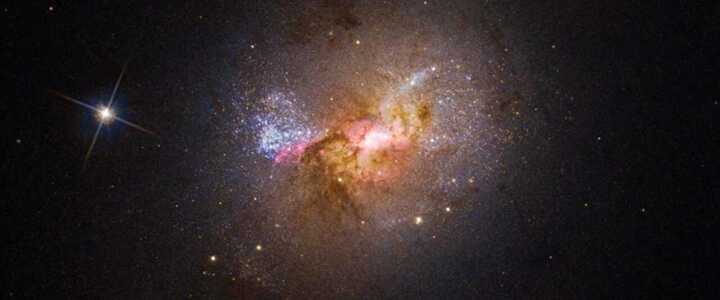
University of Bonn, Bonn, Germany
Abstract:
The most massive galaxies started to form earliest and on the shortest time. At their centres the formation began with the first ultra-massive star clusters, weighing 10^7-10^10 Msun, depending on the mass of the post-Big-Bang gas cloud that later (on the downsizing time-scale) evolves to the early-type galaxy or bulge. I will discuss the physical and dynamical processes in these clusters, which, due to the low metallicity, form with top-heavy IMFs, and how the formation of the surrounding spheroidal galaxy dictates their evolution. For spheroid masses larger than a few 10^9 Msun, the central cluster implodes to a SMBH seed which can continue to grow as long as the spheroid keeps forming on the downsizing time-scale. The result of these events is the present-day observed strong correlation between the SMBH mass and its hosting spheroid. This theory also explains the existence of quasars at redshifts larger than 9.
Professor Pavel Kroupa studied physics in Australia and obtained his PhD degree at Cambridge University in 1992. After a few post-doctoral positions in Germany he obtained his habilitation in 2002 at the University of Kiel, and moved to the University of Bonn as a professor in 2004. He obtained a number of prizes and since 2017 is professorem hospitem at Charles University in Prague. He is known for his work on the stellar IMF and the initial binary star distribution functions. Since about ten years he has been involved with testing key predictions of the dark-matter cosmological model and the existence of dark matter.


